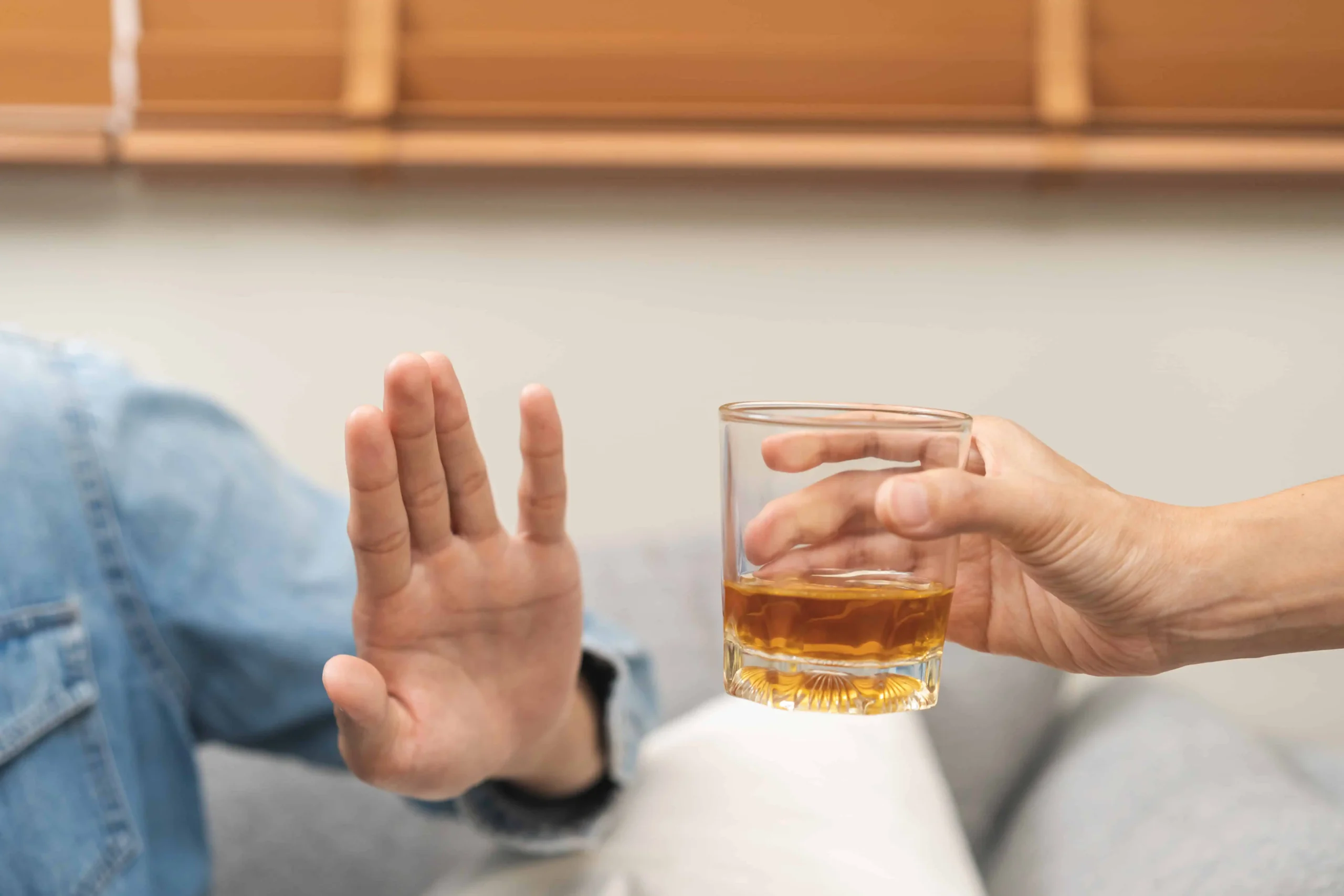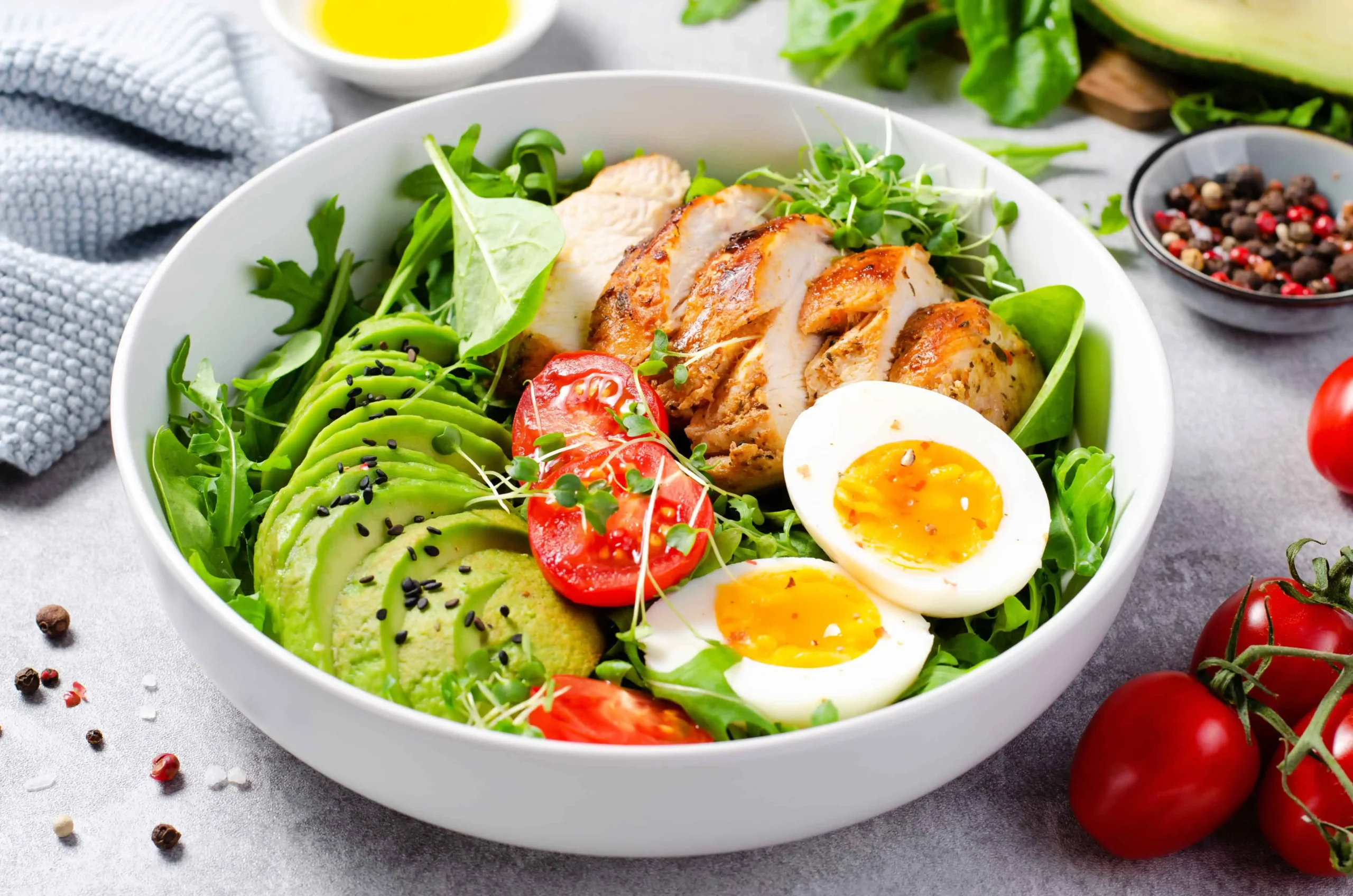Are you working in hot conditions this summer? Whether you work in construction, the police force, the postal service, or are doing yard work that requires hours of your day in the sun, your body can be at risk of extreme heat illnesses.
It’s no shocker that this summer’s high temperatures have caused global damage. 2023 is on track to be the hottest year on record. If your career has you exposed to extremely high temperatures, you should be aware of the numerous health risks that come with high heat and how to avoid them.
How Hot is Too Hot?
The ideal working temperature depends on the person and the type of work they are doing. The ideal temperature for low-labor work is around 73 degrees Fahrenheit. However, when performing higher labor-intensive work, the ideal temperature can be as low as 55 degrees Fahrenheit. Your internal temperature should be as close to 98.6 degrees Fahrenheit as possible. Anything above that and the body struggles to regulate its internal temperature. If not cooled down quickly enough, the body’s organs and brain can start to damage, and the body can be at risk of heart stroke and even death.
What Are the Risks?
Extreme heat can lead to the following conditions, as well as severe organ damage, and more.
- Heat Stroke: occurs when the body no longer sweats and the body temperature reaches dangerously high levels. Symptoms may include lack of sweat, dry skin, increased body temperature, rapid pulse, chills, slurred speech, and confusion.
- Heat Exhaustion: occurs when the body loses a significant amount of sodium and water. Symptoms may include excessive sweating, fatigue, dizziness, confusion, clammy skin, and muscle cramps.
- Heat Cramps: occur due to low sodium levels in the body and can be caused by excessive sweating. Symptoms may include muscle pain and/or spasms in the abdomen, arms, and legs.
- Heat Rash: occurs as a result of excessive sweating. Symptoms may include red clusters of pimples or blisters typically found on the neck, upper chest, armpits, groin area, and in elbow creases.
How to Avoid Heat-Related Health Issues
Heat rashes, cramps, fainting spells, heatstroke, exhaustion, and other heat illnesses can all be avoided with the right preparation and care. Keep these five tips in mind when working in high temperatures for long periods of time.
Stay Hydrated
It’s essential to drink plenty of water when working outdoors to make up for lost water and electrolytes caused by sweat. The CDC recommends that workers stay hydrated by drinking 1 cup of water every 15 to 20 minutes. Some sports drinks don’t contain the necessary nutrients for electrolyte replacement, so it’s important to double-check those labels.
A key to avoiding heat illnesses is preparing your body by drinking water before being in extreme heat, as well as continuously hydrating after the fact. Electrolytes can be replenished through high-salt foods such as nuts, dried fruit, legumes, and pickles. Keeping salty food and electrolyte beverages and water on hand before, during, and after being in the heat will keep your body safe.
Another way to replenish electrolytes is to get an IV infusion. At Nova Vita, we offer a variety of IV Vitamin Infusions, including saline infusions that make up for fluid loss and sodium depletion caused by dehydration.
Stay Energized
Have you ever felt cranky and easily irritated when in the heat for long periods? Not drinking enough water and fueling your body with energy may be the reason. To stay energized throughout the day, eat small, frequent meals/snacks high in carbohydrates. If you don’t stay on top of your carb intake (in addition to fluid intake) while in high temperatures, your body will start to easily feel fatigued and your muscle function will be impacted.
Staying hydrated and energized goes hand in hand. Our bodies gain 80% of our hydration needs through water and other beverages. The other 20% comes from the food we eat. Certain snacks can keep you energized and provide hydration at the same time. Foods that keep you hydrated include watermelon, cucumbers, peaches, celery, peppers, and pickles. Other foods that provide healthy fats and keep your stomach from growling in the heat include trail mix, beef jerky, granola, peanut butter and banana sandwiches, and yogurt with fruit.
Other tips include limiting caffeine intake, cutting high-sugar snacks, and eating smaller, more frequent meals to beat the heat.
Rest and Reset
Making sure your body gets breaks to rest is extremely important while in the heat. Take frequent breaks and, if possible, take them in the shade or in an air-conditioned space to bring your body temperature back down. Use this break to hydrate, eat, and get cool.
The frequency and duration of your rest break should increase as the temperature does. Talk to your team about implementing required breaks whenever heat exceeds a certain limit. Refer to OSHA’s Rest Break Schedule Options for Heat Illness Prevention to get a better understanding of how frequent work breaks should be in certain temperatures.
As you spend more time in the heat, your body will slowly get used to it. While your body acclimates and builds a heat tolerance, make sure you are taking care of yourself through proper hydration, rest, and other forms of protection.
Protect Your Skin
Wearing reflective, lightweight clothing can be beneficial for keeping workers cool and safe from the heat. UV protective clothing such as shirts, arm sleeves, hats, and pants, found in the sports section of stores, is the best protective clothing to wear in the heat. Wear a hat, sunglasses with UV protection, and take breaks in the shade to keep your skin safe from the sun. It’s also important to wear sunscreen and apply it frequently when in the sun. Apply sunscreen 15 minutes before being exposed to the sun and reapply it every 2 hours for maximum benefits. Be sure to read the instructions on your sunscreen label and apply more often when the UV is higher.
Use the Buddy System
With all these tips in mind, it can be easy to forget them when your mind is focused on the task at hand. Work outside with a partner and check in with one another to ensure everyone is staying safe. Have open discussions in your workplace about the signs of heat illnesses to look out for and how to help someone struggling in the heat. If someone shows signs of a heat stroke or other serious heat illness, get medical help immediately and call 911.
Nova Vita Solutions
Working in the sun is exhausting and can be damaging to your body. Nova Vita is here to help ensure your body is fully hydrated and full of nutrients both before and after being in high temperatures. From vitamin infusions to boosters to compression therapy, our personalized wellness team will help identify low nutrient levels and formulate a plan that replenishes low levels.
Contact us today to discuss your health needs and we will ensure your body is well taken care of and in its best shape to continue being in this summer’s heat!







